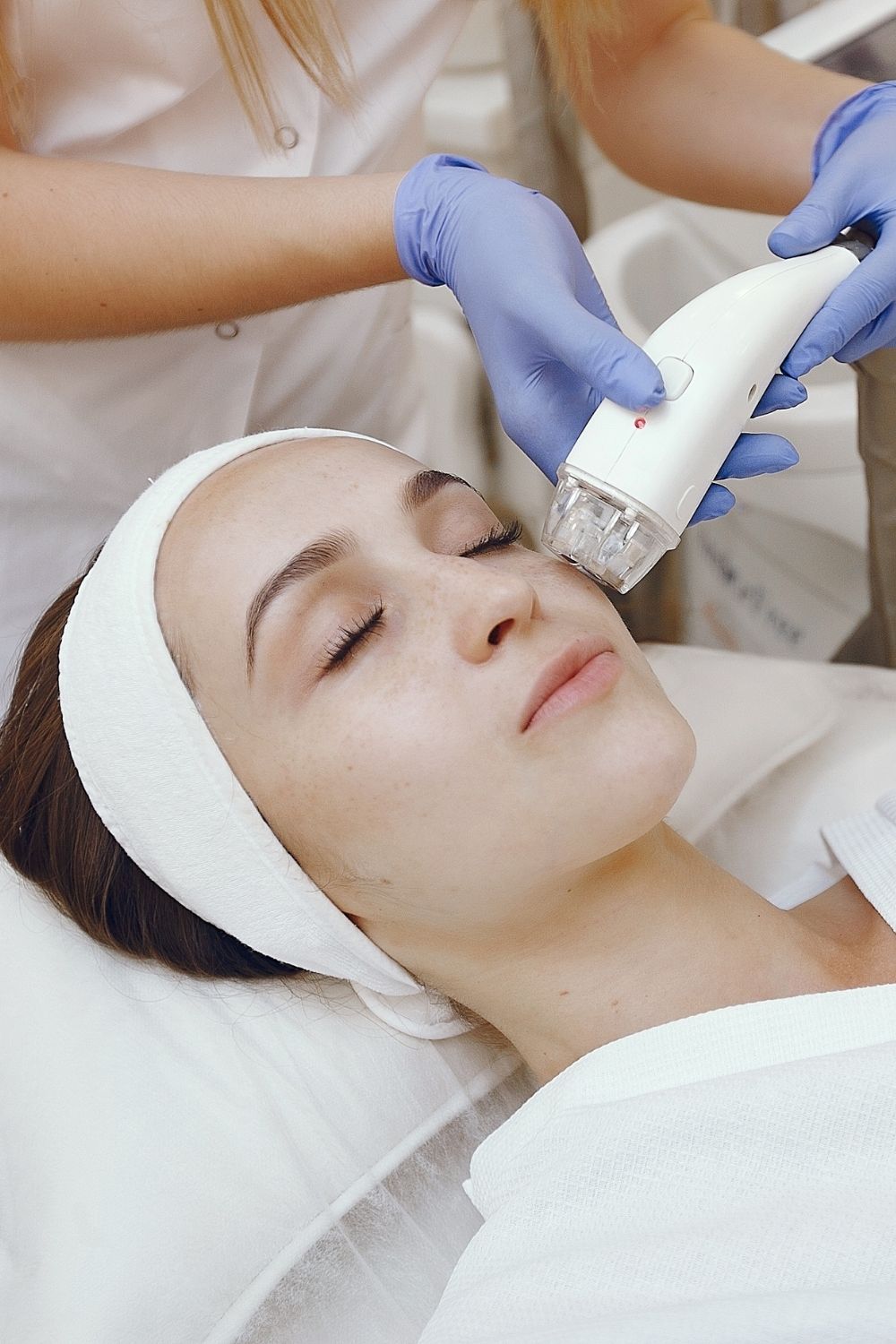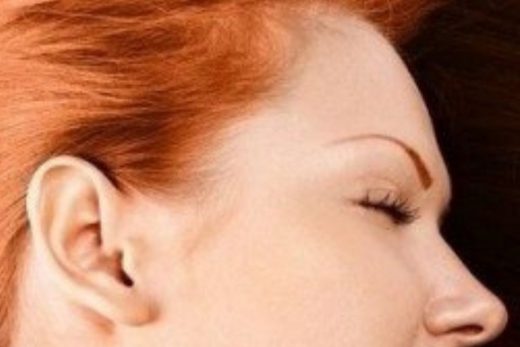Knowing the difference between moles, freckles, and serious skin conditions like skin cancer is an important part of both your cosmetic goals and your overall health.
We asked three doctors some of the most common questions about mole and freckle removal options.
The difference between moles, freckles, and melanomas
Both moles and freckles are very common and occur as a result of skin pigmentation. Specialized skin cells called melanocytes produce different types of melanin. The darker coloration of freckles and moles depends on how many of the melanocytes cluster together, and how much melanin those clusters produce.
Freckles are small to medium pale brown spots that usually occur across larger areas of the skin, while moles are brown or black dark spots of various sizes that often reside alone.
They are frequently caused by exposure of skin to the sun and are often temporary, whereas moles are long-lasting and are only indirectly associated with sun exposure.
Many people are born with moles, and though moles can disappear over years, most last a lifetime. Moles that develop or change quickly are the moles you need to be concerned about, as these could be melanomas — a serious type of skin cancer.
We asked three doctors some of the most common questions on mole and freckle removal.
What options exist for removing freckles?
Before you decide what treatment options are worth exploring, “it is important to determine if you do in fact have a mole or a freckle.. “This is because moles should not be treated with lasers, bleaching creams, or peels as they can lead to melanomas.”
Instead of trying to determine this yourself, you have a thorough history taken, along with an examination or photo of the moles or freckles you’re concerned about.
Once you establish that your moles or freckles are stable you can begin exploring the best way to remove them.
“If benign appearing, freckles can be removed by lasers, peels, or bleaching creams, depending on the nature of the freckle and skin type of the patient,” says Meinhardt.
Laser treatment
Laser mole removal is sometimes used, but the treatment is more suited to freckle removal. The treatment is typically only recommended for those with lighter skin tones. Though it can be used if performed correctly, people with darker skin tones should be cautious, as the treatment can cause permanent changes to skin pigmentation.
“Some lasers are specifically for pigment and freckles while some are generally good for resurfacing and improving tone and texture of the skin.“For patients that like lightening but not the complete disappearance of freckles, I like to offer gentle resurfacing lasers. For those who want to specifically eliminate all of their freckles, I like to offer pigment specific lasers.”
Laser freckle removal will require anywhere from one to four treatments depending on the patient. “Fewer treatments are required for patients with a large color contrast between freckles and their skin color.
Laser treatment is the most expensive of all the options that we examine here, but it’s often the most effective treatment.





